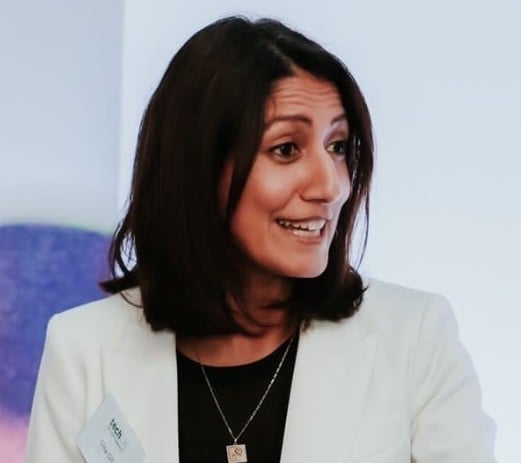A three-pronged approach to 'connected government'
The key lesson of the ‘Connected Government’ discussions at the Government Transformation Summit was the need to base transformation on three core components.
First, an inspiring digital leader. Second, a mandate to be ‘digital by default’. And third, embracing digital inclusion.
Only when this ‘holy trinity’ is in place can departments see government services through the eyes of the citizen, which participants in the discussion agreed is key to excellent and efficient delivery.
Today organisations must adapt and polish service provision to meet ever-evolving end-user needs. But it’s clear that government departments have reached varying stages of digital transformation maturity, with no obvious progress trend or timeline for completion.
No department is an island
While most participants at the discussion table were working towards better-connected government, it was evident that several key departments are still trying to deliver services themselves, in isolation. Much like the moon race of the 1960s, they want to be the first to meet the objective and take the praise.
Self-empowerment is important for growth and culture, but keeping transformation and delivery programmes in-house places a massive strain on resource to DDaT teams across government.
In addition, while government Chief Technology Officers can access the CTO Council, it became obvious that not all participants were aware of the functionality and purpose of the group. Even some of those who are actively involved in the council mentioned the lack of a standard or fully matured toolkit.
The heavy reliance of GOV.UK initiatives on Government Digital Service results in different processes and solutions, at varying levels of maturity. One example given was that transactional processing via digital forms - still in its infancy - lacks functionality compared with commercial off-the-shelf solutions available from Digital Marketplace G-Cloud 13.
The discussion deemed GDPR to be a limiting factor in terms of the potential for data sharing and asset use between departments. Participants noted a clear need for accountability mapping, which is not presently being addressed. With any digital transformation initiative technical standards must be considered; for example, WCAG 2.1 (or later) compliance.
What the private sector brings to the party
The private sector has solutions that can meet these requirements, be deployed at a faster rate and allow organisations to future-proof their services through a SaaS offering.
To succeed, departments must be more open to calling on other organisations, reaching out for help from external partners to relieve the burden on their own resource. Granicus works with hundreds of public-sector organisations in the UK & Ireland, supplying technology that simplifies and strengthens customer interactions and automates service requests. This also means supplying people with the right mix of organisational influence and digital skills.
Whether assisting a carer, engaging with a concerned resident, attending to a local business, participating in the planning process, or helping a parent or a student we empower the public sector to build better experiences and get more value out of their technology.
The ultimate goal is for government to become more citizen-centric, provide better experiences and improve outcomes.
The private sector can inform and educate organisations on the ‘art of the possible’ - ultimately helping them to create a better-connected government environment.
To seize the opportunities technology provides, departments need an integrated strategy. This shouldn’t just rely on platforms: at the Summit, a constant refrain was the demand for ‘people, people, people’ to fill digital transformation roles.
Only with the right mix of organisational influence and digital skills across the workforce can the changes government and citizens require be achieved.







